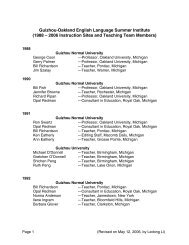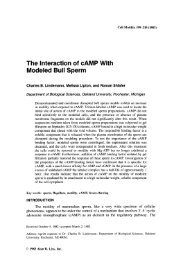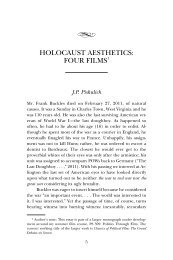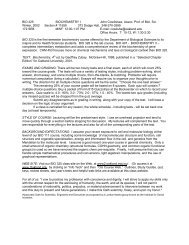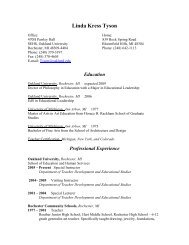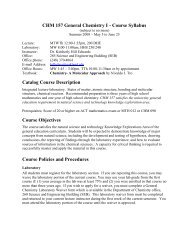Susan Wood, Saving a Haitian National Icon - Oakland University
Susan Wood, Saving a Haitian National Icon - Oakland University
Susan Wood, Saving a Haitian National Icon - Oakland University
Create successful ePaper yourself
Turn your PDF publications into a flip-book with our unique Google optimized e-Paper software.
art historian and curator of the Vatican collections described it<br />
as “the most sublime of the ancient works that have survived<br />
until our time . . . The combination of its forms raise themselves<br />
above human nature, and his stance displays the divine<br />
grandeur that fills him. An eternal spring, such as reigns in the<br />
blessed Elysian fields, spreads over the virile forms of a perfect<br />
age the traits of a peaceful youth, and it seems that a tender<br />
softness plays over the noble structure of his limbs.” 16 When<br />
the American artist Benjamin West visited Rome, his hosts,<br />
some of whom believed that West was a Native American, were<br />
curious to see how this uncivilized bumpkin would react to the<br />
highest achievement of which European culture was capable.<br />
They therefore arranged a special showing of the Apollo at the<br />
Vatican for him. West, however, astonished them by demonstrating<br />
what Lethière later also understood—that people<br />
whom Europeans considered a lower class of humanity were<br />
quite capable of finding parallels for this image in their own<br />
experience. The first words out of West’s mouth when he saw<br />
the Apollo were, “My God, how like it is to a young Mohawk<br />
warrior.” 17 And he then explained his reasoning to his hosts<br />
convincingly enough to make them accept his judgment: he<br />
had seen the muscular young Mohawk hunters fixing their<br />
eyes intently on their prey, just as the Apollo does, while extending<br />
the bow-arm in the identical gesture.<br />
Quotations of classical sculpture were a standard element<br />
of neoclassical painting and are amply present in Lethière’s<br />
other works, from the earliest to the latest phases of his career.<br />
18 The painting that he entered in the Prix de Rome competition<br />
of 1785 borrowed the portrait face of the infamously<br />
cruel emperor Caracalla for a figure from Roman Republican<br />
history. His painting identifies Caracalla with the warrior Horatius<br />
who killed his own sister for treason simply because she<br />
mourned for her lover whom he had just killed in battle. Forty<br />
three years later, Lethière used another portrait face from the<br />
Roman Empire to characterize a tyrant of the Roman Republican<br />
era in The Death of Virginia, the libertine decimvir Appius<br />
Claudius who had illegally attempted to seize a young woman<br />
43


